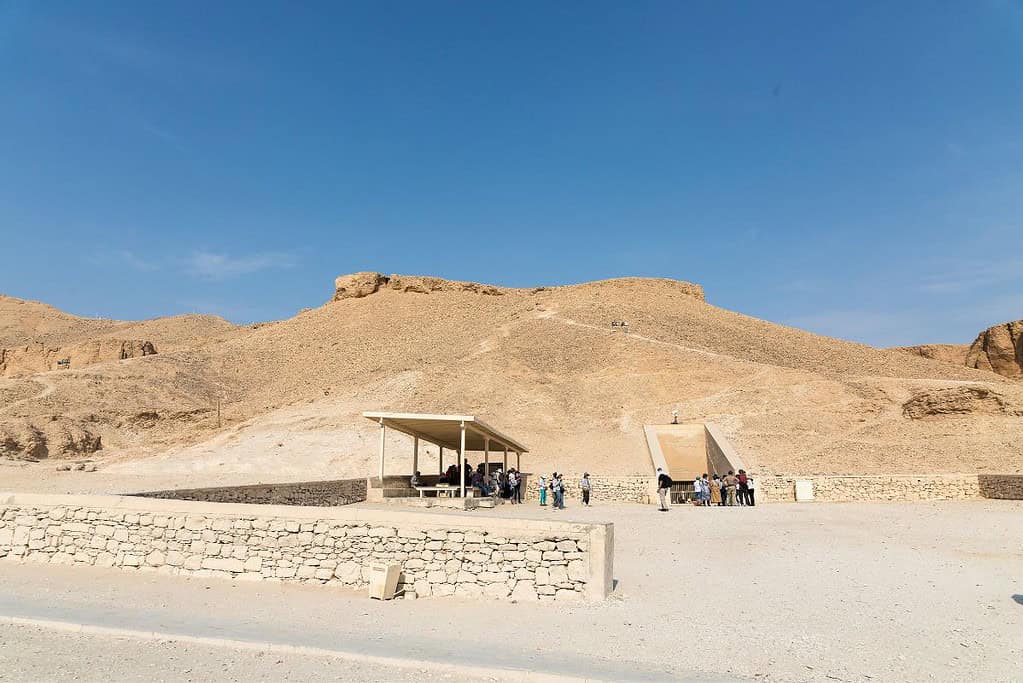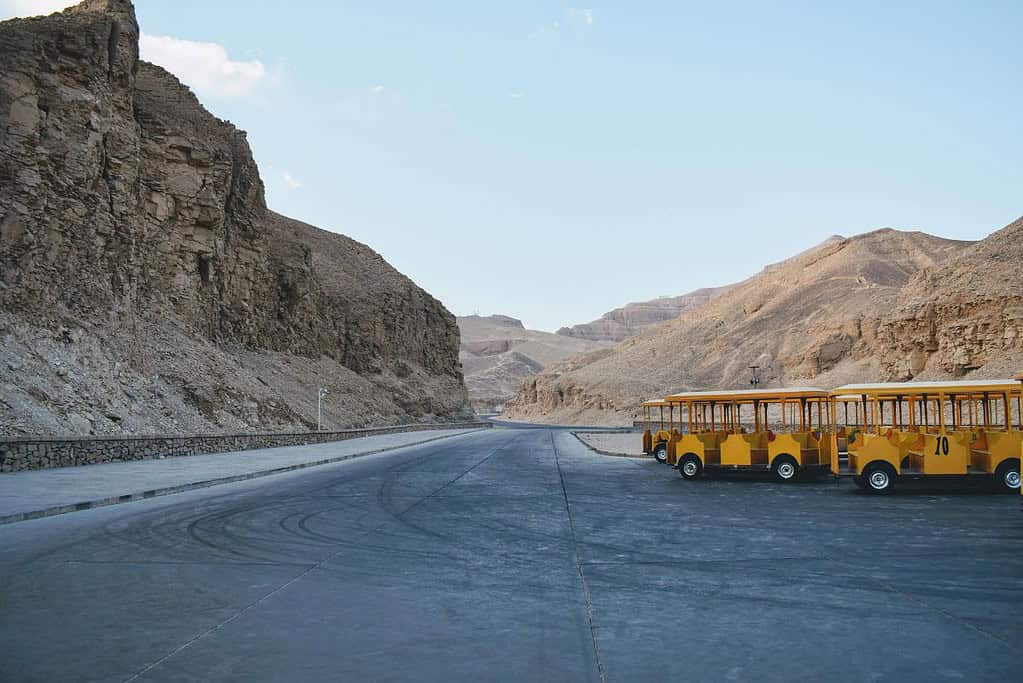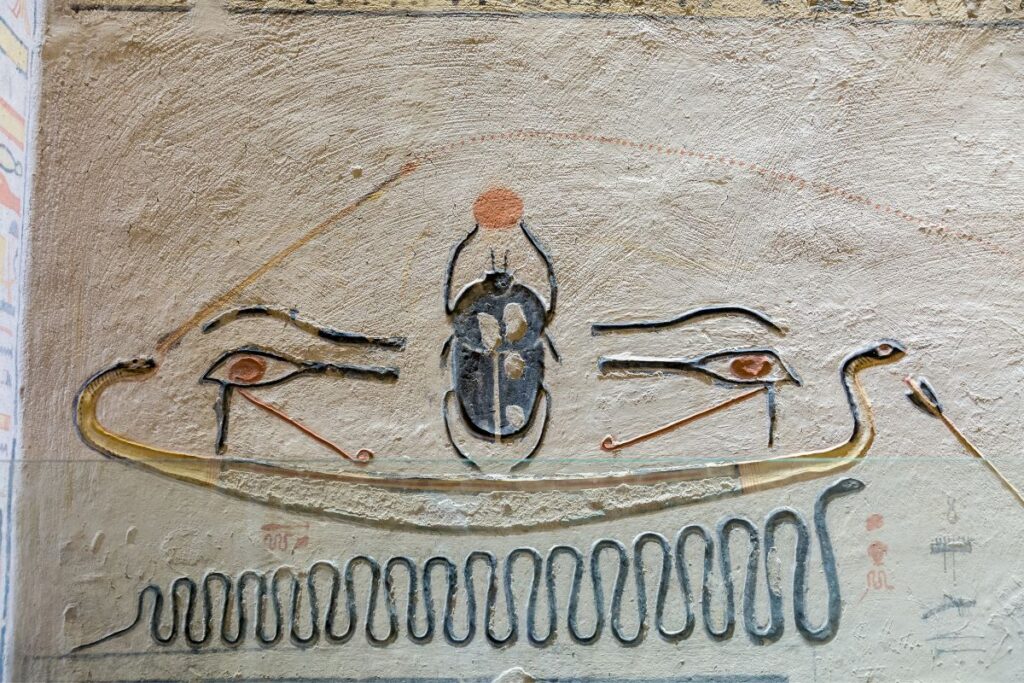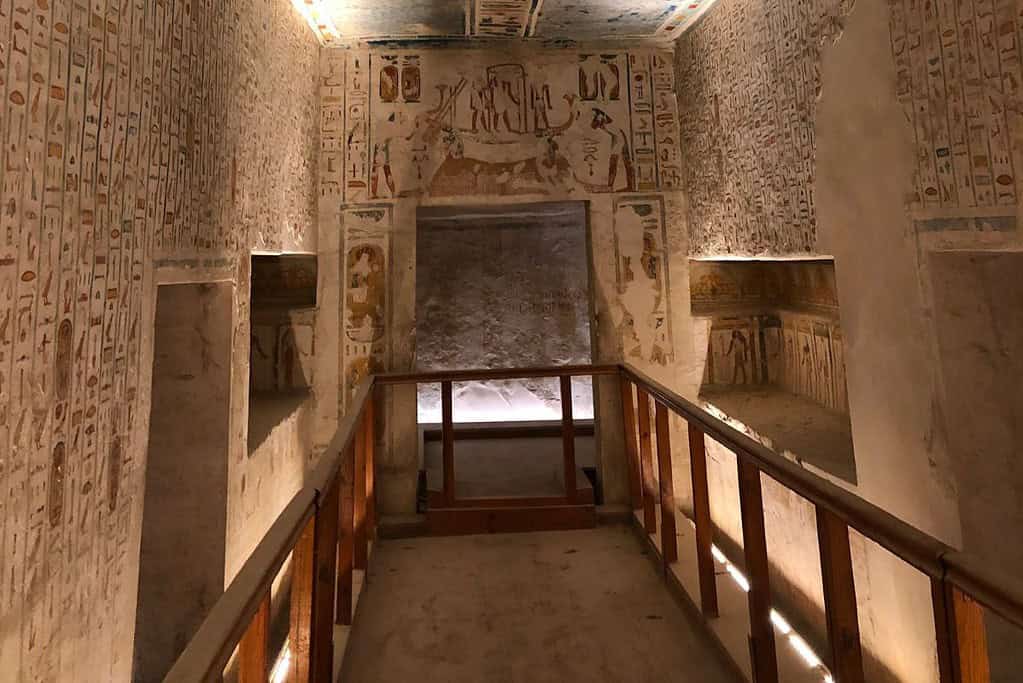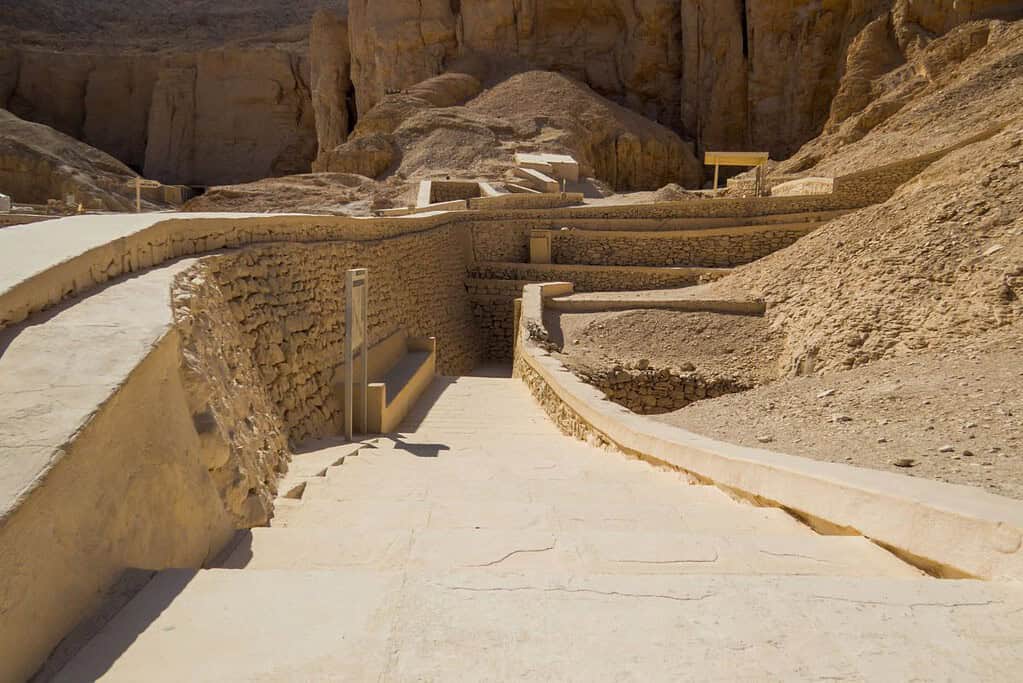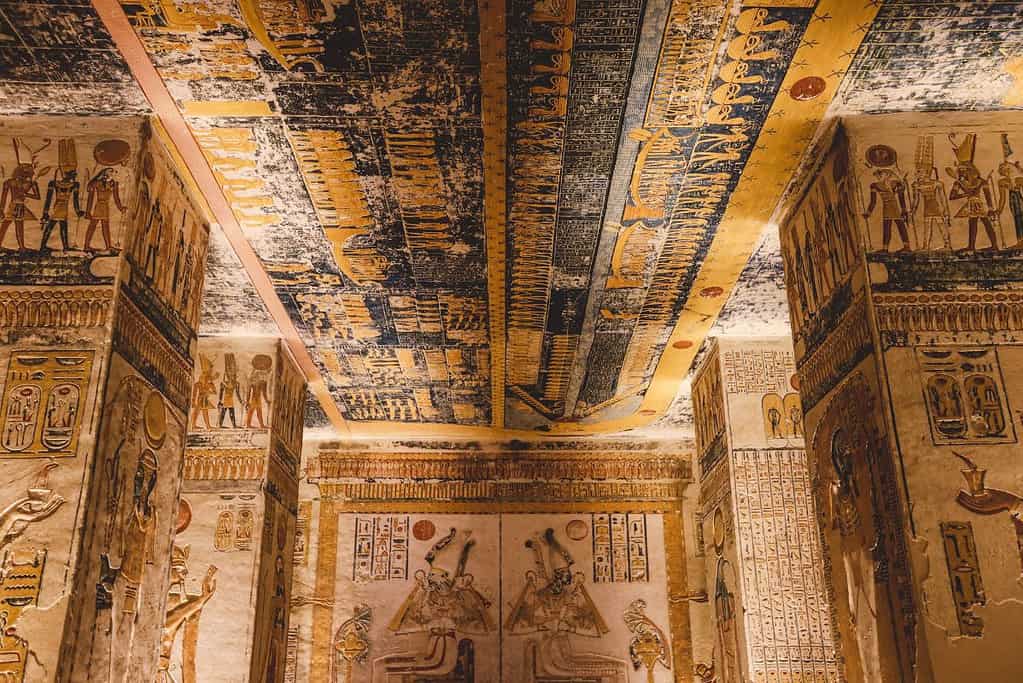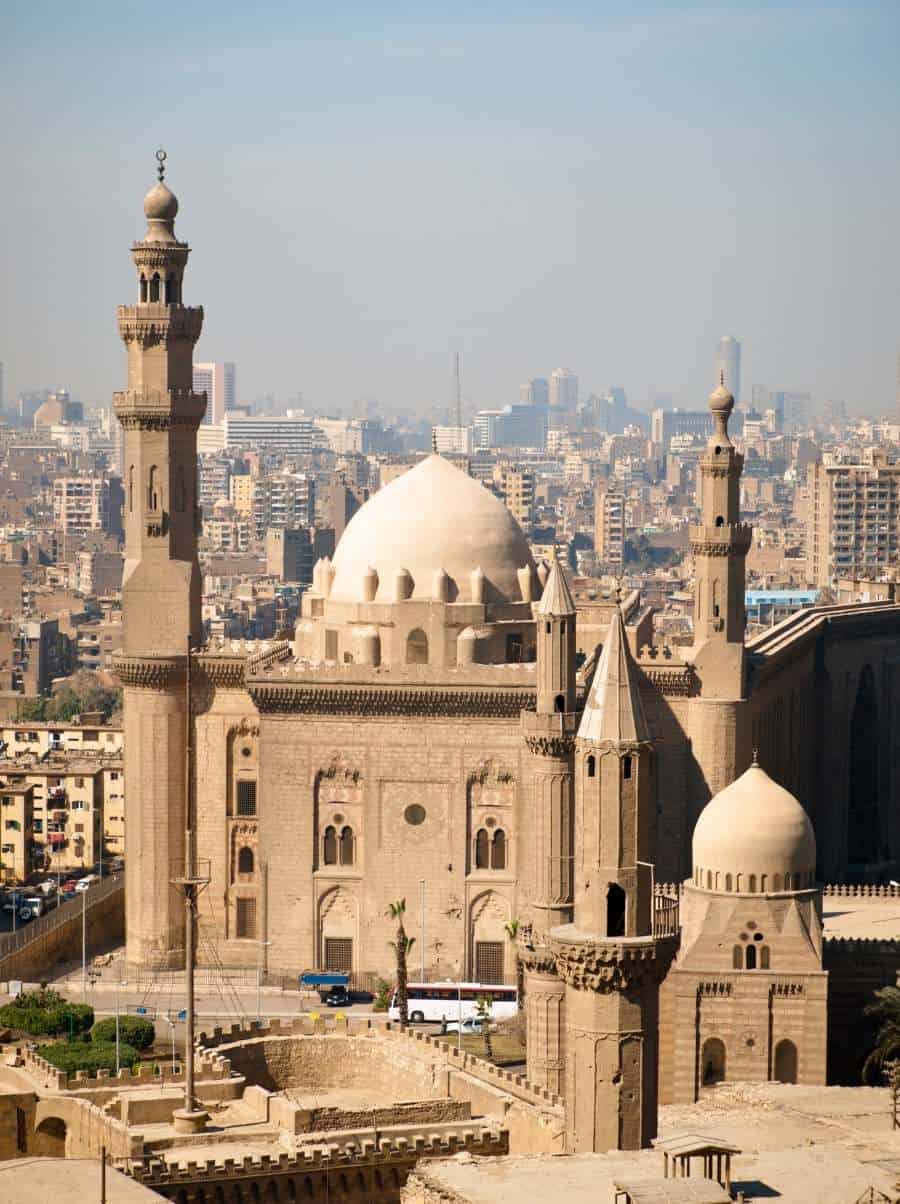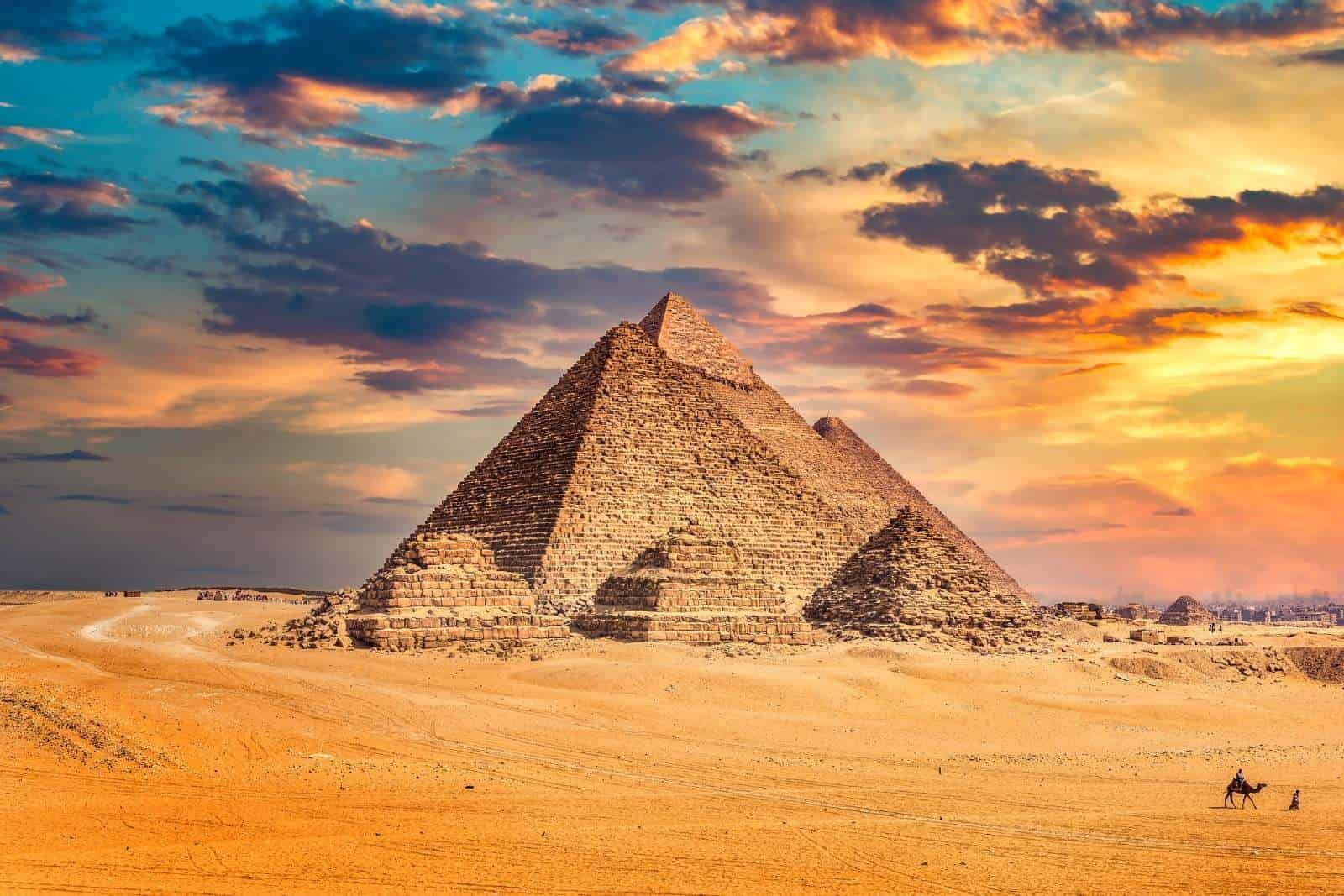Table of Contents
Travel to Valley of the Kings, nestled in present-day Luxor, Egypt, is a must-visit destination for history buffs and archaeology enthusiasts. Dating back to the 16th century BC, this royal necropolis was the final resting place for many of ancient Egypt’s most renowned pharaohs, including Tutankhamun and Ramesses II. The King’s Valley is a UNESCO World Heritage Site with its Necropolis, officially known as the Ancient Thebes.
As you wander through the Valley of the Kings, marvel at the elaborately decorated tombs featuring intricate hieroglyphics and breathtaking frescoes. Experience the awe-inspiring history of ancient Egypt on our Luxor-based tours that will immerse you in the region’s captivating stories and vibrant culture.
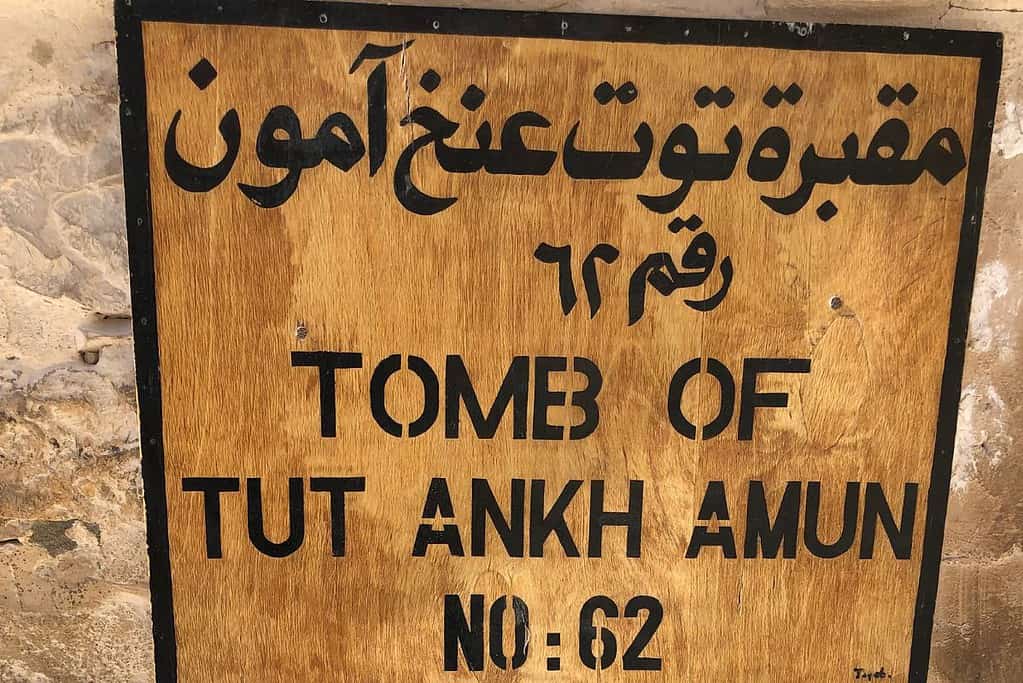
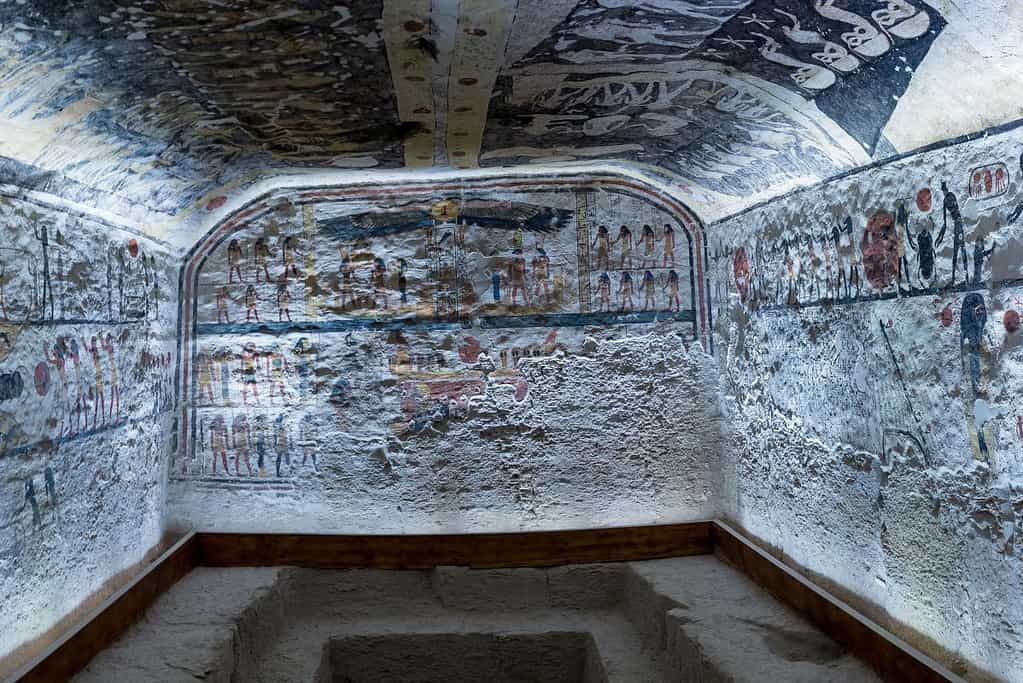
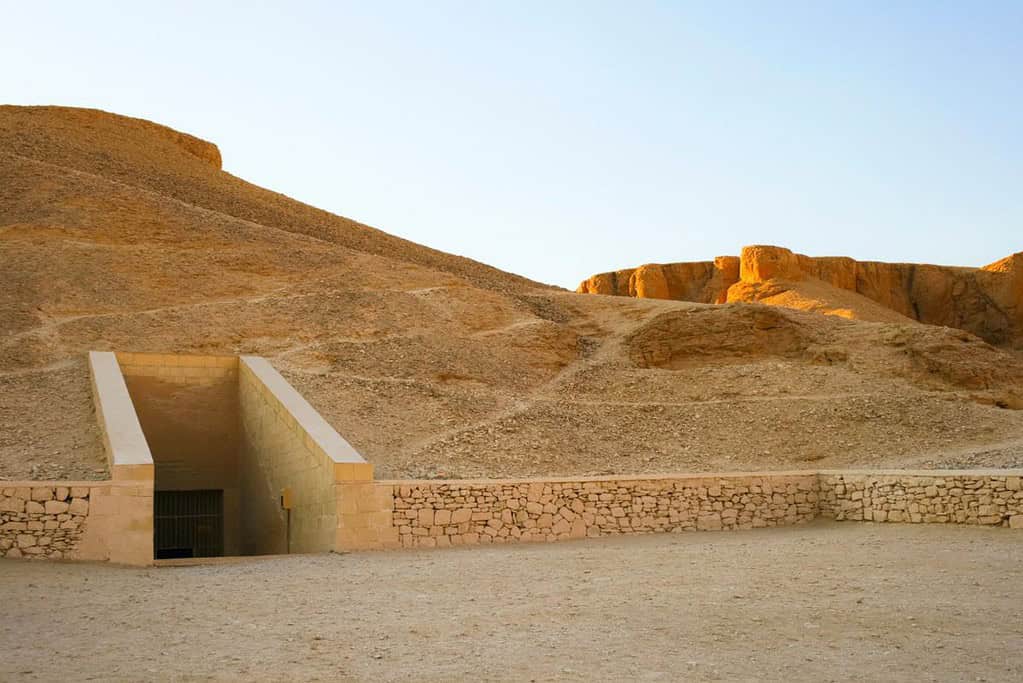
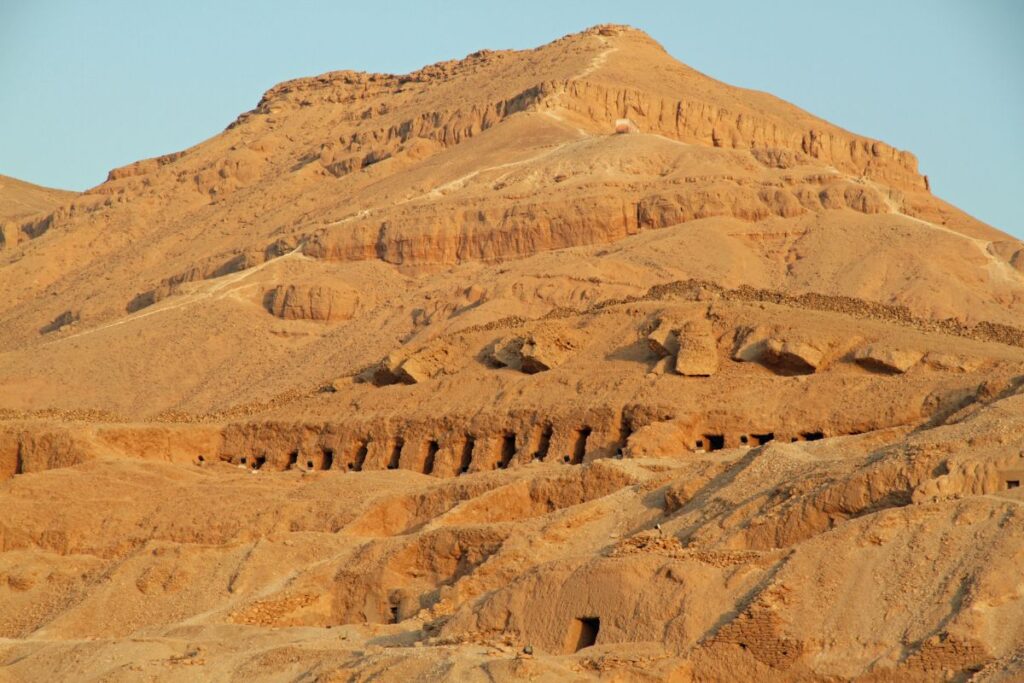
Valley of the Kings Egypt
“the King’s Valley was the principal burial site for Egypt’s pharaohs during the New Kingdom period (16th to 11th centuries BC).”
Curiosities about the Valley of the Kings:
- The King’s Valley is situated near Luxor, Egypt, and was established in the 16th century BC.
- It served as the primary burial site for pharaohs of the New Kingdom period.
- Over 60 tombs have been discovered in the King’s Valley, including Tutankhamun, Ramesses II, and Seti I.
- The tombs are adorned with intricate hieroglyphics and vibrant frescoes depicting the lives and afterlives of the pharaohs.
- The King’s Valley was believed to provide a direct passage to the afterlife for the deceased pharaohs.
- The tombs were constructed deep within the limestone cliffs to deter tomb raiders and protect the treasures.
- British archaeologist Howard Carter famously discovered the tomb of Tutankhamun in 1922.
- The King’s Valley remains a popular tourist destination today.
- Visitors can obtain an Egyptian visa upon arrival and explore the wonders of the King’s Valley.
Visit Valley of the Kings
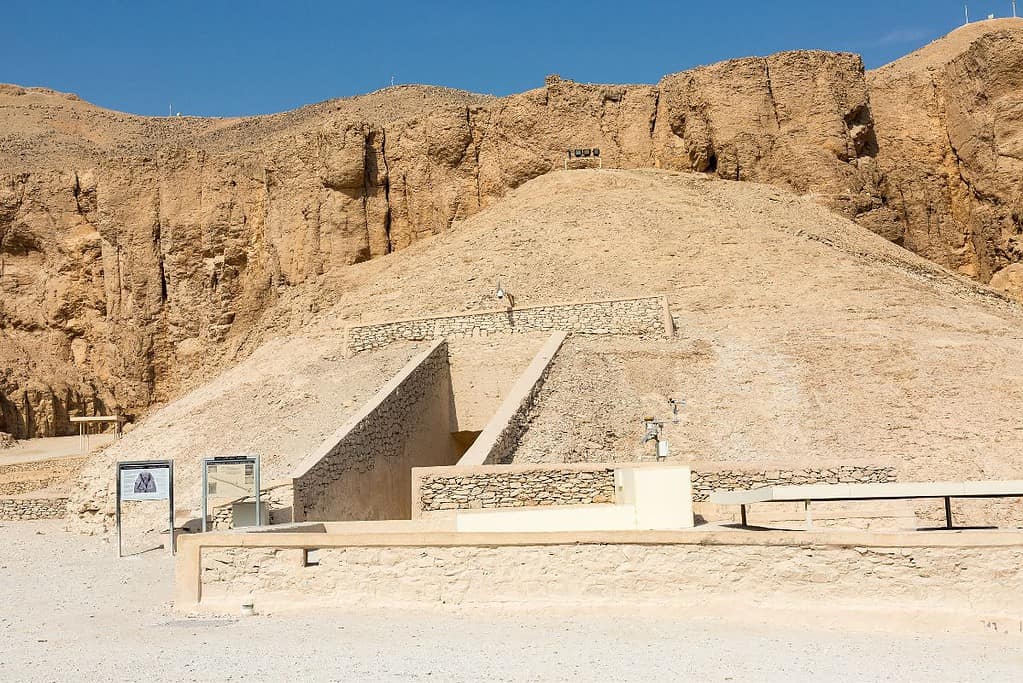
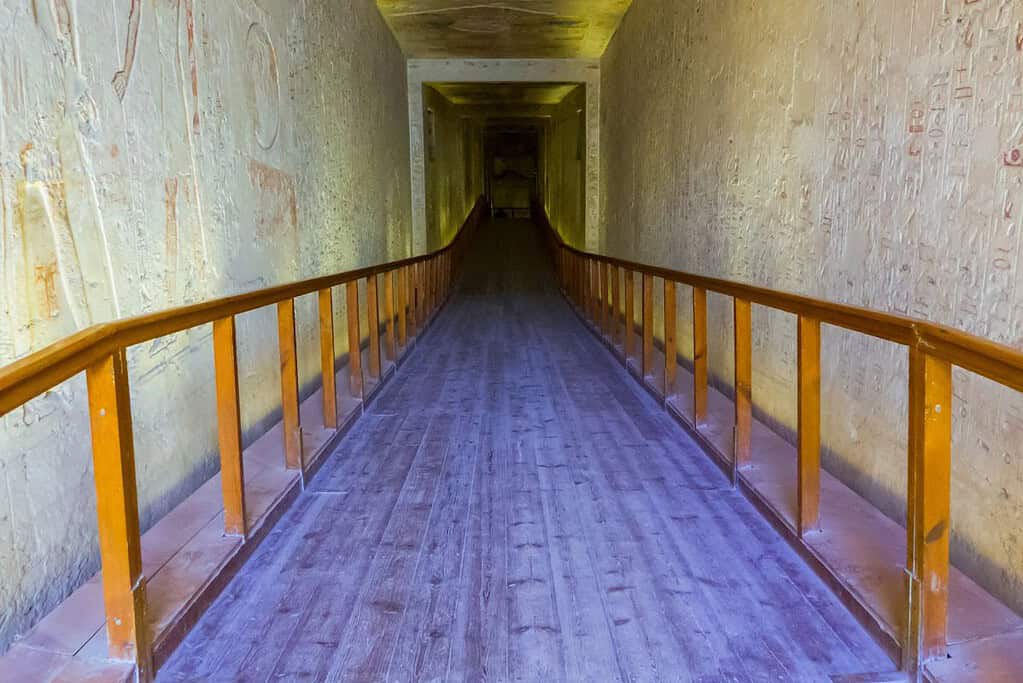
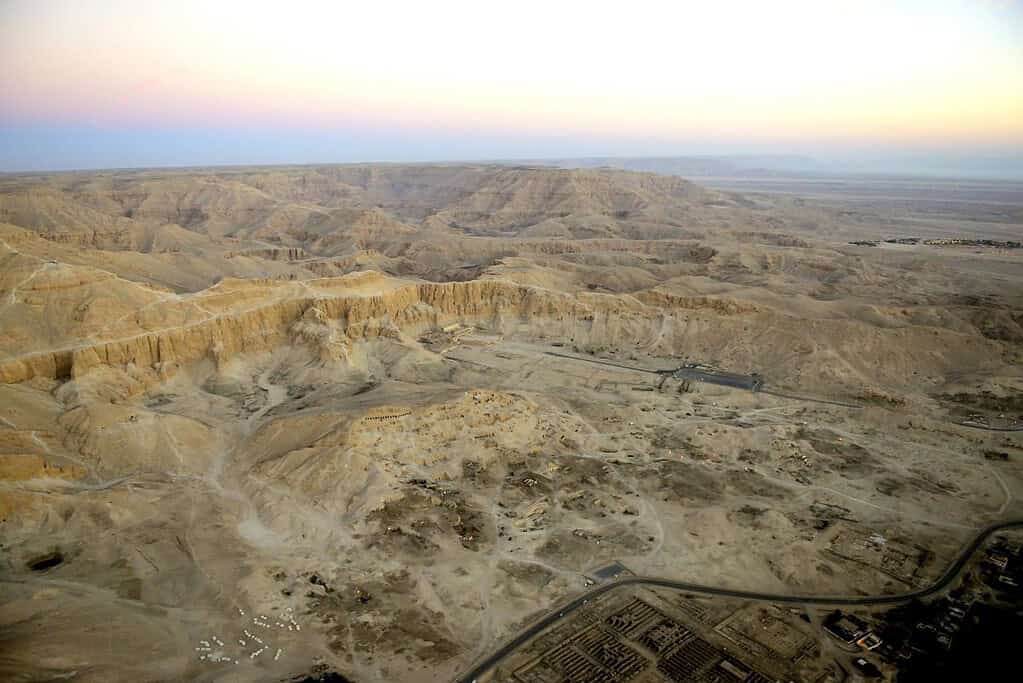
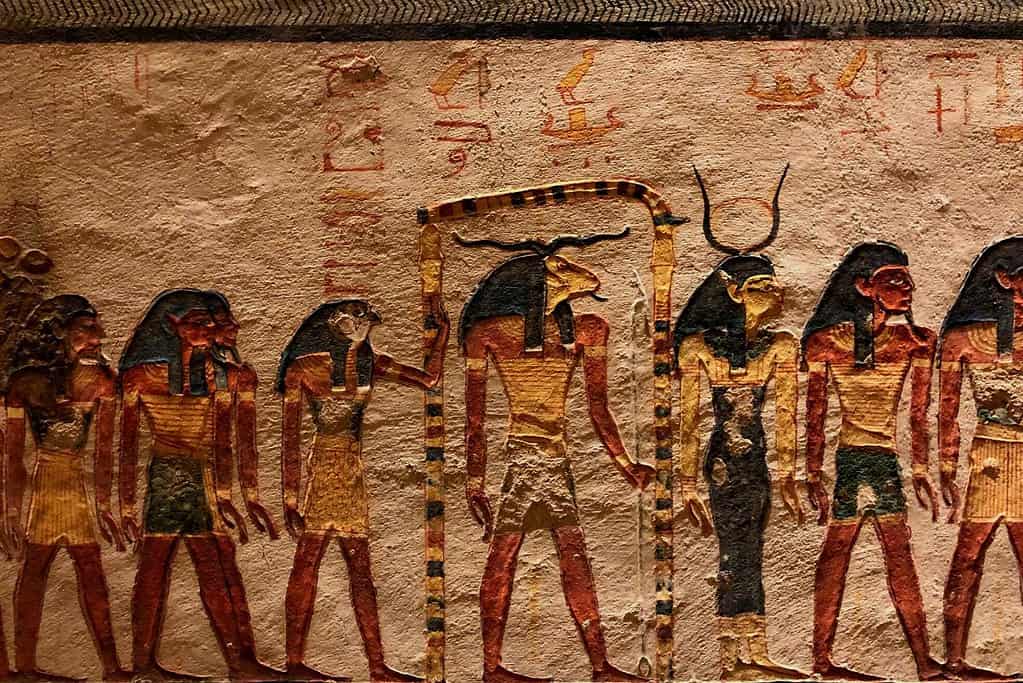
Immerse yourself in the King’s Valley’s rich history and stunning artistry as you explore the tombs of legendary pharaohs. Witness the grandeur of the burial chambers, decorated with intricate hieroglyphics and vibrant frescoes that offer a glimpse into the lives and beliefs of ancient Egyptians.
Map of the King’s Valley
Discover the King’s Valley
- Tomb of Tutankhamun (KV62): The final resting place of the famous boy king, discovered by Howard Carter in 1922.
- Tomb of Ramesses II (KV7): The elaborate tomb of one of Egypt’s most powerful pharaohs.
- Tomb of Seti I (KV17): A beautifully decorated tomb with detailed reliefs and wall paintings.
- Tomb of Ramesses III (KV11): An impressive tomb with a long, sloping corridor and striking artwork.
- Tomb of Ramesses VI (KV9): Known for its well-preserved wall decorations and astronomical ceiling.
- Tomb of Thutmose III (KV34): A unique, egg-shaped burial chamber adorned with hieroglyphics.
- Tomb of Horemheb (KV57): Featuring wall paintings that showcase the artistic transition from the Amarna period to the traditional style.
- Tomb of Amenhotep II (KV35): A royal tomb with a unique layout and the remains of other pharaohs discovered in a side chamber.
- Tomb of Merenptah (KV8): The burial site of Ramesses II’s successor, adorned with vivid artwork and decorations.
- Tomb of Ramesses IV (KV2): A tomb with a distinctive layout and a wide variety of wall paintings illustrating the Book of Caverns and the Book of the Dead.
- Tomb of Tausert and Setnakhte (KV14): A unique tomb shared by a queen and a pharaoh, featuring an extensive layout and captivating artwork.
- Tomb of Siptah (KV47): The resting place of a young pharaoh, with wall decorations that were left unfinished.
- Tomb of Ay (KV23): A smaller tomb belonging to the successor of Tutankhamun, showcasing intriguing artwork and inscriptions.
Travel to Valley of the Kings
Choose from our list of tours in Egypt, including visiting the awe-inspiring King’s Valley.
Photos of the King’s Valley
Browse through images of the magnificent King’s Valley and its breathtaking tombs, capturing the essence of ancient Egypt’s royal necropolis.
